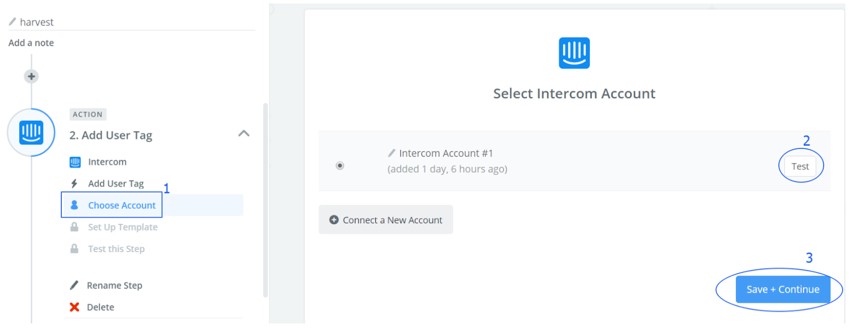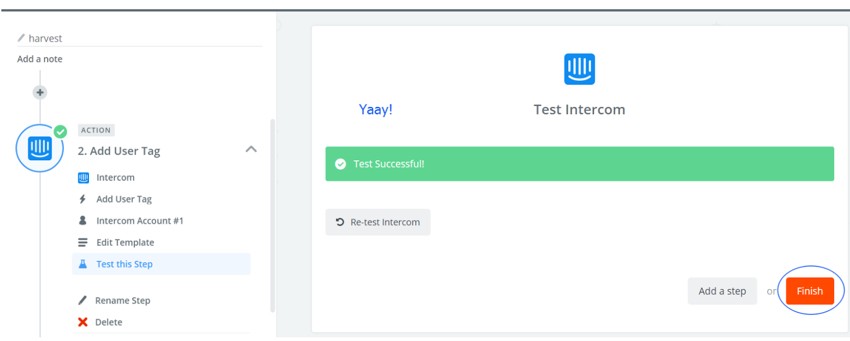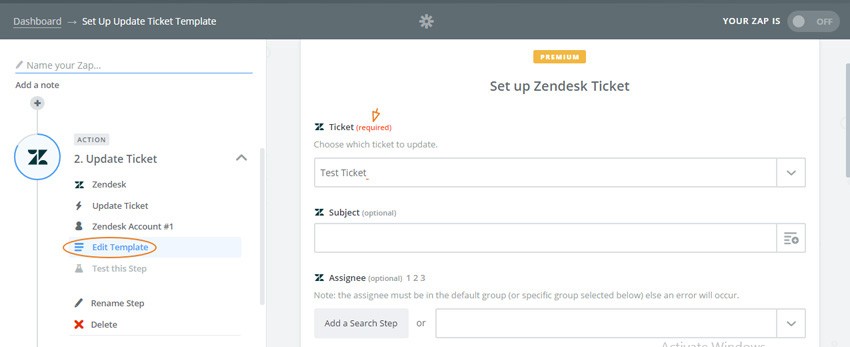
What Is Assembla?

Welcome! Your likely first question is, "What's Assembla?" Assembla is a project management tool for software development teams with code repositories for Git, SVN and Perforce built into their platform.
Assembla's capabilities are broad in scope, and while I can't cover them all here, here are its primary offerings:
- Task & Issue Management: Helps your team efficiently organize releases, squash bugs, and manage your development process. Assembla's task management tools will help you work smarter and faster.
- Team Collaboration: Eliminate the need for lengthy email chains and centralize all communication with classic collaboration tools like wikis, message boards, and file sharing.
- Project Management: Put your complete project into a workspace and deliver code, tasks, and documentation. Collaborate with clients, track time expenditures for billing, and control permissions.
- Subversion, Git Hosting and Perforce: Effortlessly browse files online, compare revisions, merge code, and maintain a sustainable codebase across your team.
When I began writing about Assembla for Envato Tuts+, I'd actually not heard of Assembla before, but it hosts over 100,000 commercial and open-source projects and is used by over 800,000 users in more than 100 countries, i.e. it's a big deal.
Software development teams can manage projects end to end using Assembla's tickets, wikis, source code & revision control, messaging, file sharing and more. And now teams can take their Assembla workflow into their apps using integrations like Slack, Github and now Zapier.
What's Zapier?

And your next question is likely, "What's Zapier?"
Zapier is a web automation app that allows you to automate tasks within your business workflow by building “Zaps,” and is trusted by companies such as BuzzFeed, Spotify, Fox, and Adobe, to name a few. It provides an automated workflow infrastructure so you can react to and migrate information between your web apps automatically.
Well now, Assembla integrates with Zapier to help you connect your project management activities to other critical services you use.
In today's tutorial, I'm going to introduce you to both Assembla and Zapier. First, I'll guide you through common scenarios which leverage Zapier integrations with Assembla's project management service.
Then, we'll look at integrating Zendesk and Intercom, two customer support ticketing services, with developer response work using Assembla.
And finally, we'll review using Zapier to automate QuickBooks time tracking based on developer hours tracked in Assembla.
As usual, I'll be participating in the comments below, so please share your feedback. You can also reach me on Twitter @lookahead_io. I'd especially appreciate suggestions for new features for Assembla and its Zapier integrations. What other kinds of solutions would you like to see?
If you haven't used Assembla yet, visit Assembla's home page and sign up for the free trial. Then you can follow along with the tutorial.
Connecting Zapier With Assembla
Let's begin by signing up for the Zapier free trial at their home page. Their pricing is pretty simple—you can run 1,000 tasks for $20 per month.

Your Assembla Invitation for Zapier Integration
Once you've created your account with Zapier, simply search for Assembla in the Zapier app directory and you'll land here:

Once you accept the invite, the system will navigate you to the ‘My First Zap with Assembla’ page. Click on the blue button ‘Create this Zap’ (again we're on the Zapier website at this point):

From here, we can select an Assembla trigger to configure our interactions.
The Assembla Triggers

Currently, Assembla offers six kinds of triggers for Zapier:
- New Merge Request: Triggers when a new merge request is created.
- Code Comment: Triggers when a code comment is created.
- Git Commit: Triggers when a Git commit is created and pushed.
- Update Ticket: Triggers when any change is made to a ticket.
- Merge Request Review: Triggers when a merge request is commented on, up-voted, or down-voted.
- SVN Commit: Triggers when an SVN commit is created and pushed.
For this example, I'll choose Update Ticket, triggered when changes are made to Assembla tickets:

Connecting to Your Assembla Account
Next, you need to connect to your Assembla account to your Zapier account, a bit like a Facebook login on a website using OAuth:

Then, as Zapier awaits, you can make that change to an existing Assembla ticket...

Here's me fixing a bug (then getting a soda):

Zapier then notifies me that it received the change:

Reacting to Events From Assembla
To complete a Zapier integration, we need to choose an action:

Zapier is integrated with hundreds of services, so you've got plenty of options from which to choose to act on events in your Assembla project:

Let's now look at some example integrations, actions you can trigger in other services when changes and events occur in your Assembla workspace.
Integrating Assembla With Customer Support
One of my pet peeves is not being updated when tickets are resolved. Recently, I had coverage problems with my cell phone company. They'd repeatedly open engineering tickets and text me internal ticket numbers, and then I'd never hear back from them.
Any manager in a technology company is familiar with this problem amongst internal teams. Integrating customer support tickets with development work is very helpful.
Let's first look at integrating Assembla with Intercom.
Integration With Intercom

Intercom is a cloud-based customer support service provider. So, for example, if one of your customer support team members is helping a customer, they may need to send an issue to your developers. They'll open an Assembla issue for the developer. The Assembla-Zapier integration ensures that when the developer works on the issue in Assembla, it updates the support team's Intercom record.
Let's look at how you might implement this.
Configuring Actions at Intercom
There are five different Intercom actions. Let’s select Add User Tag (Attach a tag to a specific user) and click on the button Save + Continue at the bottom right:

Next step is Choose Account. Since I already added my Intercom account, it shows the Test button to validate connectivity:

Let’s set up a template. I want my zap to add a tag “[Update Customer] Fix Deployed” to the Intercom conversation so I can update the customer:

Next, Intercom asks us to test the step:

While this is how Intercom does it, other Zapier services may offer different configuration options.
Creating a change to a ticket at Assembla, as I showed earlier, will notify Intercom and complete the test:

Then, if you check the Intercom issue thread, you can see the tag added from the test:

With integrations configured, support team members will get regular updates as developers work on tickets.
Integration With Zendesk
Similarly, if you have to manage a front-line support team that manages customer issues via Zendesk, you can increase their efficiency by integrating developer updates from Assembla directly into Zendesk.
Again, a customer support team member is helping a customer. The support team needs to send the issue to development. The support team opens an Assembla issue for developers. Each time a developer works on an issue in Assembla, it sends an update to the Zendesk ticket.
Let's walk through the steps (Assembla's Ghulam Shabbir was nice enough to provide me with some of the imagery across these various services):

Choose Assembla as the Trigger App:

Choose the Trigger:

Select New Ticket Change:

Choose your Assembla account:

Test Assembla with a new ticket change:

The ticket change made at Assembla is seen by Zapier:

Choose Zendesk as an Action App:

Select Zendesk Action Update Ticket:

Connect to our Zendesk Account:

Choose a Zendesk Ticket Template to use for updates:

You can edit the template to update Zendesk ticket fields as you wish:

Test Zendesk by creating a new ticket:


Test successful:

Once it's working, we can activate our Zap:

Your Zap is Working:

As you can see, once you connect your Zendesk account with Zapier, configuring the workflow for this is similar to Intercom.
Integrating Assembla With QuickBooks
Of course, there are other scenarios that might elevate Assembla's role for your organization. Rather than force your development manager to track developer hours, let Zapier do it. Each time a developer commits code at GitHub, Assembla can now report their hours to QuickBooks via Zapier.
Here's an example of me entering my hours on an Assembla ticket:

Now, let's configure Zapier to report all of my hours for a ticket when I complete a phase of development and make a merge request.
For this Zap, we'd select the Assembla Git Commit Trigger:

And choose QuickBooks Online as the Action App:

Here's the QuickBooks Online Actions menu:

Let's use the action Create Invoice:

Then we connect our QuickBooks account:

Select your QuickBooks account:

Edit the template and choose the customer:

Edit the template as you need:


Test the invoice step:

Test successful:

You can activate your Zap and see that it's working:

In Closing
So that's just a taste of what's possible with Assembla and Zapier.
I hope you're intrigued to begin considering what else is possible. I encourage you to contact Assembla with your questions. Call them at +1-800-405-4408, attend a live webinar or visit their home page and chat with them.
I regularly monitor the comments on my tutorials so please join in the discussion. You can also reach me on Twitter @lookahead_io directly. I hope you'll check out some of my other tutorials here.


Comments